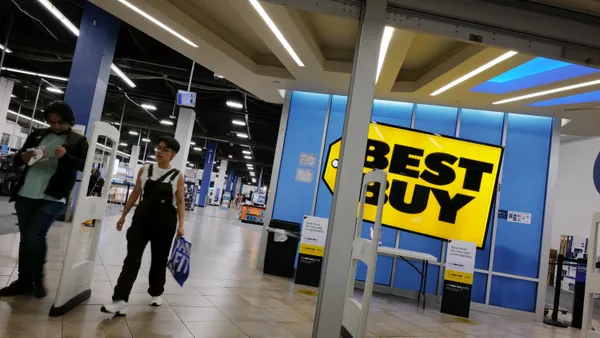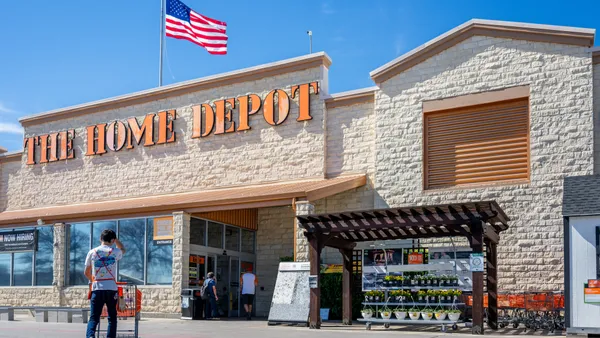Dive Brief:
-
A healthy economy and shifting trends in retail are re-sculpting the streetscapes of American cities, especially those that already play host to established and high-end shopping corridors, according to a report on 11 North American cities from commercial real estate firm JLL. Vacancies and "shadow vacancies" (with tenants looking to exit or downsize) are being driven by smaller stores, rising rents and relocations.
-
Retail and office space are increasingly enmeshed in these urban areas as workers demand amenities and retailers seek foot traffic, according to the report. But as more office and co-working tenants take over former retail spaces, concerns about community support have arisen, according to the report.
-
The "center of gravity" of urban retail corridors, especially luxury retail, is shifting in many cases as rents rise and retailers regroup elsewhere, according to the report, which focused on Los Angeles, Chicago, New York, Toronto, Boston, Seattle, San Francisco, Vancouver, Philadelphia, Washington D.C. and Miami.
Dive Insight:
The last decade globally has seen a tidal wave of increasing urbanization: Since 2008 more than half the world's population has been living in cities, and that could rise to 60% in another 10 years, according to a study from Spanish fashion conglomerate Tendam emailed to Retail Dive.
The cities looked at by JLL are hardly typical, however, considering that not all urban centers attract the "mix of high-street, national and international tenants" found in them.
Still, they are somewhat useful as a gauge for stakeholders in other areas, according to JLL Head of Retail Research James Cook. "The continued merging of office and retail space, the large floorplates left behind by big box retailers, and the lack of supply for prime urban retail assets all demonstrate the impact the changing retail landscape has on these urban corridors," he said in a statement. "Prime urban corridors are important barometers for the current state of retail."
Some trends, like the demand for office space and the increase of office and coworking spaces taking over retail areas, are causing headaches. For example, San Francisco is mulling a proposal to limit that in the city's Union Square shopping district to the upper floors of buildings and require tenants pay a fee that would go toward local causes.
Vacancies are growing and, in many areas, not just from market-based rent increases. New retail approaches and store concepts are shrinking floorspace needs, and landlords' debt levels in some cases are skewing asking prices, according to JLL.
So-called "shadow vacancies" are also on the rise in some areas. Adding in such vacancies, where there appears to be a tenant but one that is looking to lease all or part of its space, can double or even triple the vacancy rate.
"Prime urban corridors are witnessing a rise of shadow vacancy, and it's often on corridors that saw a significant rise in rents and have since become unaffordable," according to the report. "This is creating disparities in asking rents within the corridors since these shadow vacancy spaces are more likely to reflect the true market rents, compared to some building owners that must still ask for sky-high rents to cover their debt," the report later stated.














